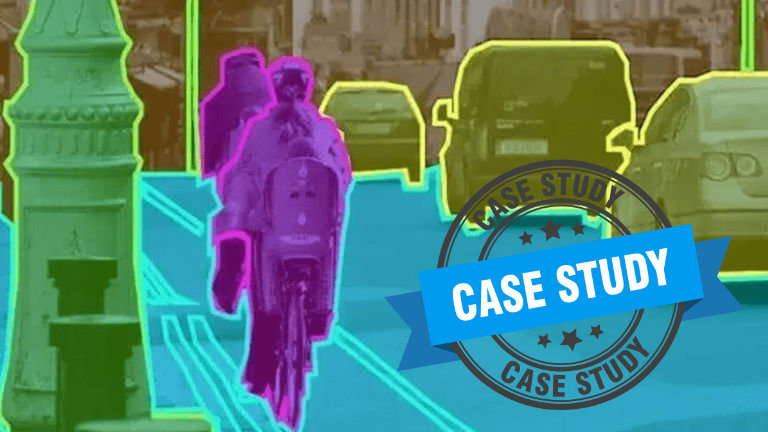The Rise of Synthetic Data in AI

Synthetic data is artificially generated but realistic enough to train AI models. It can speed up training, protect privacy, and create rare scenarios, though it can also be too perfect or miss important real-world details.
AI Content Moderation

The internet moves too fast for human-only moderation — and AI systems trained on human-labeled data now play a key role in detecting harmful content. But even with the best annotations, AI can miss context, nuance, and intent.
Turning Fields into Intelligent Systems

Smart farming is turning fields into intelligent systems with AI. It helps grow more and waste less. Behind it all is the quiet force of data annotation.
Audio Data Annotation for AI Baby Monitor Device

DeeLab labeled audio data for a baby product retailer, enabling the development of an AI-powered baby monitor. This ensured accurate sound detection, a quicker launch, and more reliable performance for parents.
The Lifecycle of AI Data

The lifecycle of AI data is a human-led journey from messy, unstructured input to refined, deployment-ready intelligence. Every step, from annotation to quality control, shapes how machines learn, adapt, and serve the real world.
Waste Segregation in the Age of AI

Waste Segregation in the Age of AI is taking center stage as urban growth and evolving consumption habits intensify the challenges of waste management. Traditional manual methods can no longer keep up, while AI offers a faster, more efficient solution if trained effectively.
Tailored Training Transforms Client Team in Data Annotation

A case study on how a beginner team gained confidence and certification through DeeLab Academy’s tailored training in image, video, segmentation, and 3D LiDAR annotation.
A Day in the Life of a Data Annotator

When we interact with smart assistants like Siri or Alexa, unlock our phones with facial recognition, or trust a car to detect nearby traffic, we rarely think about the people behind the scenes who help these technologies work.
Image Annotation Training Highlights

Image Labeling Essentials is one of DeeLab Academy’s recently launched certification courses. This 5-day image annotation training focuses on core labeling methods used in machine learning—especially in computer vision tasks like object detection, pose estimation, and image segmentation.
The Silent Power Behind Smarter Retail Technology

In retail, artificial intelligence is changing how retail stores operate. From keeping shelves stocked to improving customer experiences, smart technology is making shopping more efficient. But behind these innovations is one key factor—data annotation. Without properly labeled data, even the best AI systems wouldn’t function correctly.
